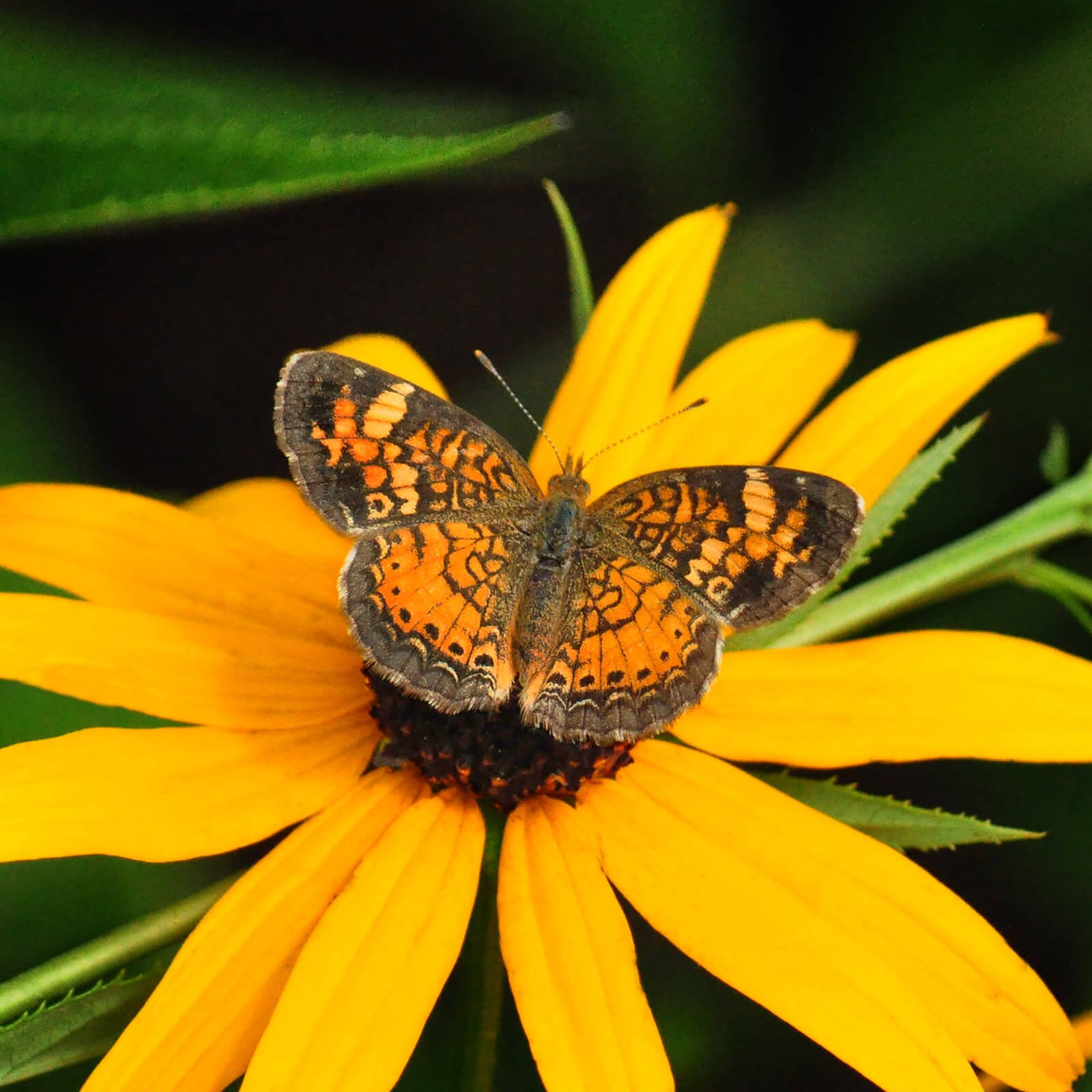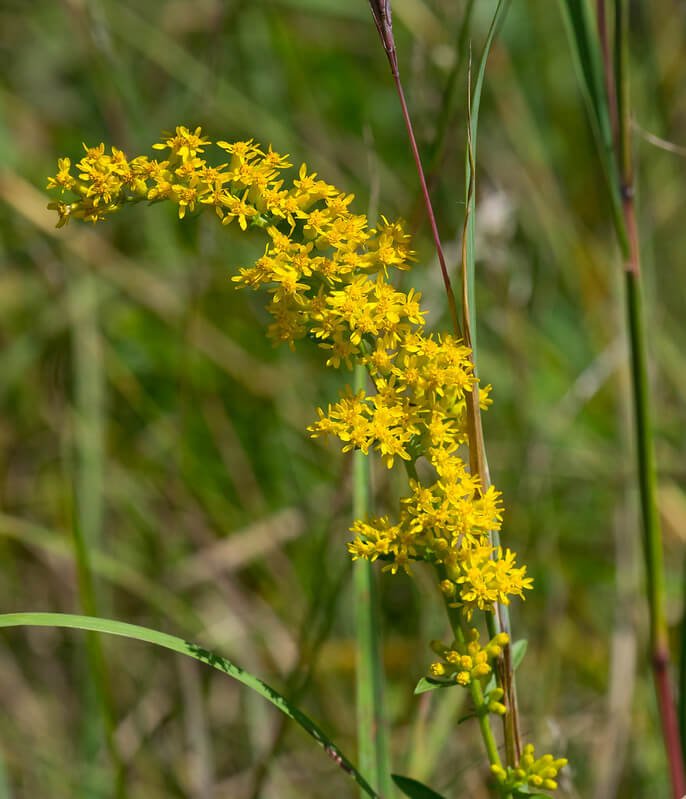Life Cycle: Perennial
Sun Exposure: Full, Partial
Soil Moisture: Medium-Dry, Dry
Height: 12 inches
Plant Spacing: 6-8 inches
Bloom Time: June-September
Bloom Color: Purple
Advantages: Bird Favorite, Pollinator Favorite, Deer Resistant, Great Landscape Plant
Host Plant: 1 species of butterflies and moths in our area (nwf.org).
Specialist Bee: Colletes brevicornis and Colletes titusensis (Jarrod Fowler)






